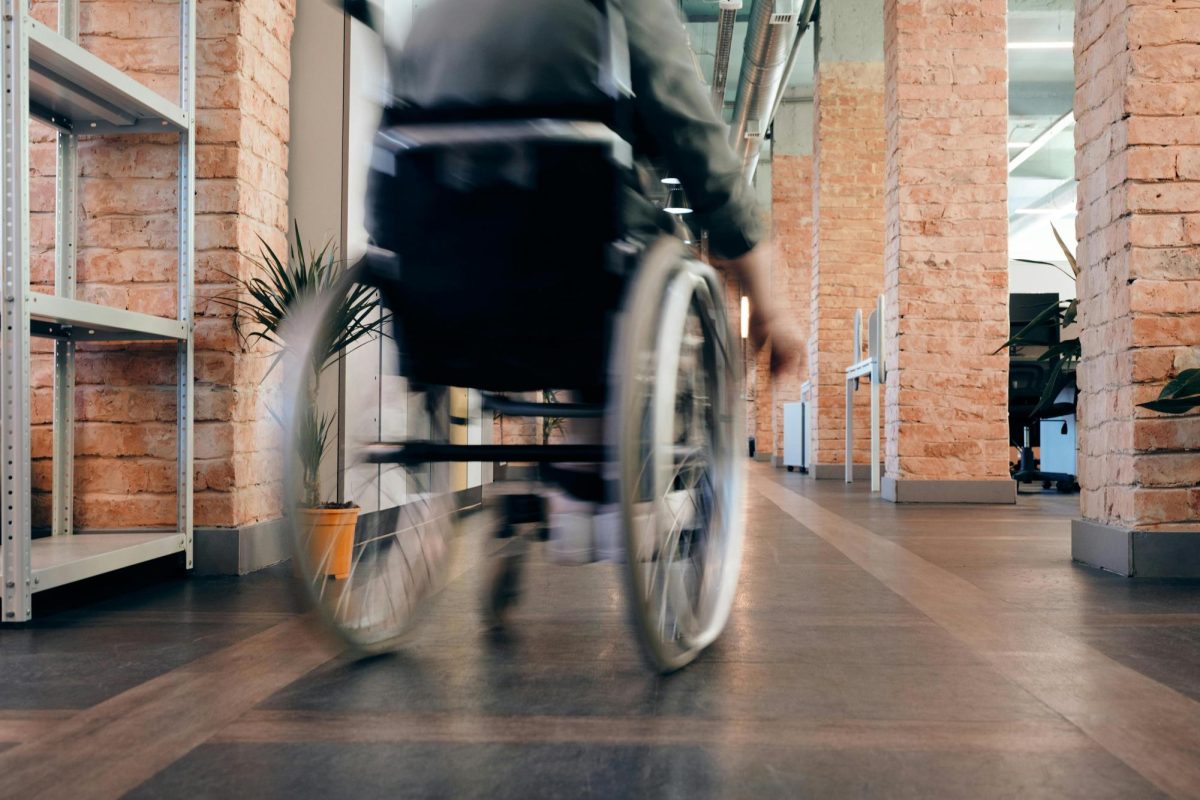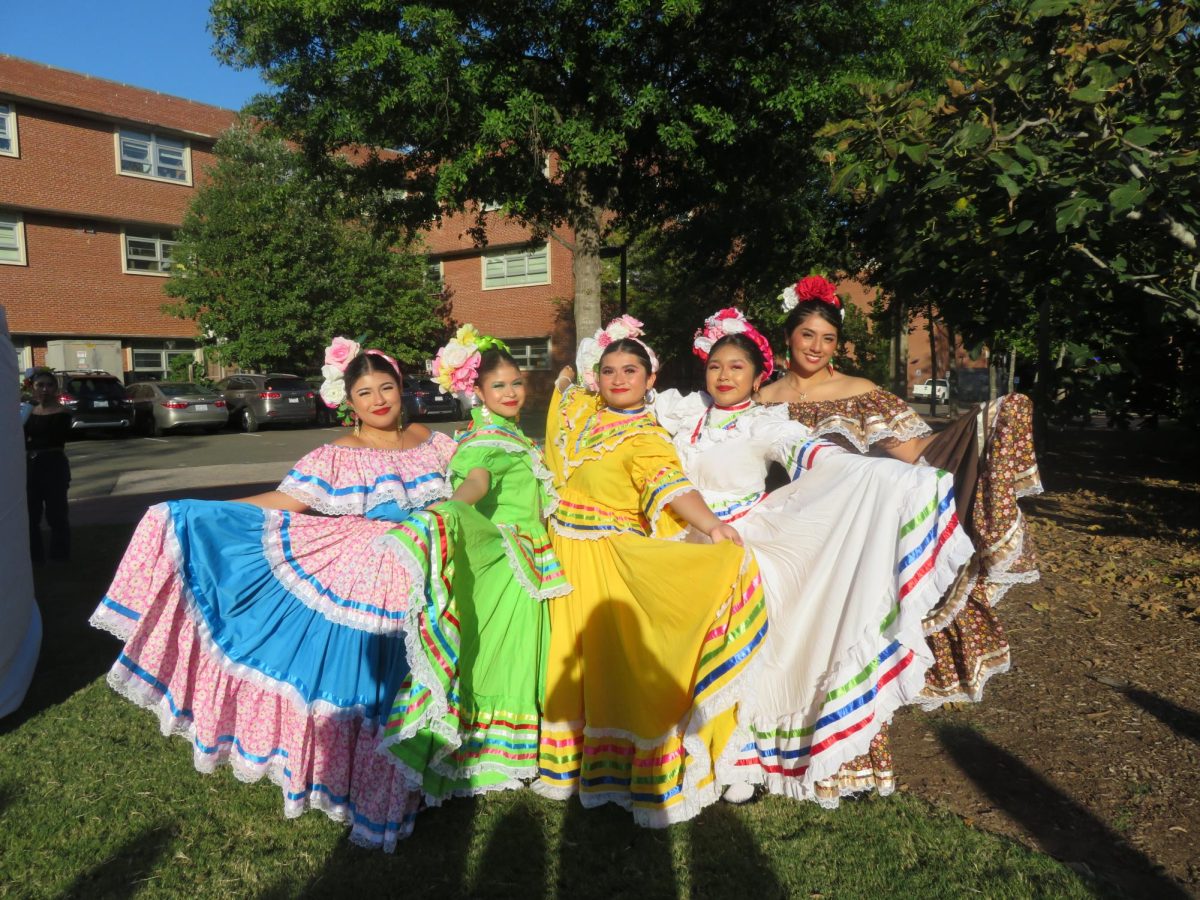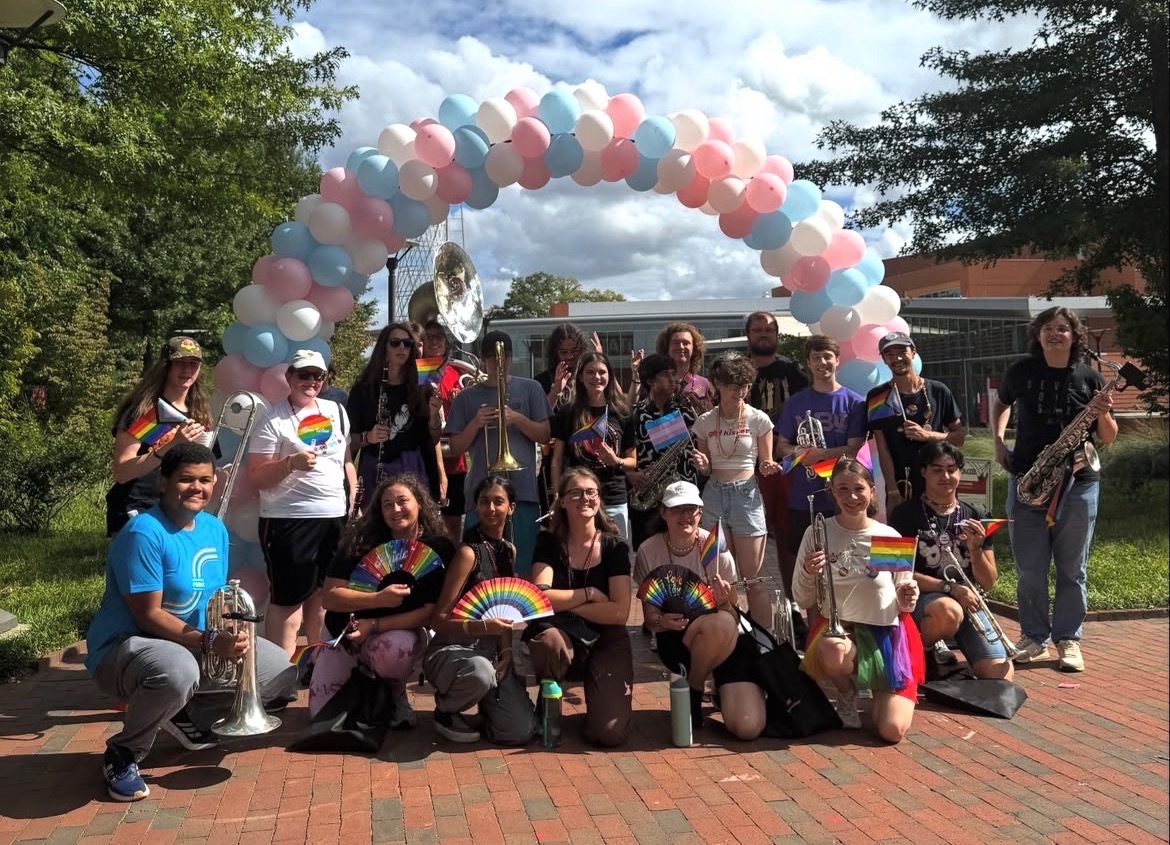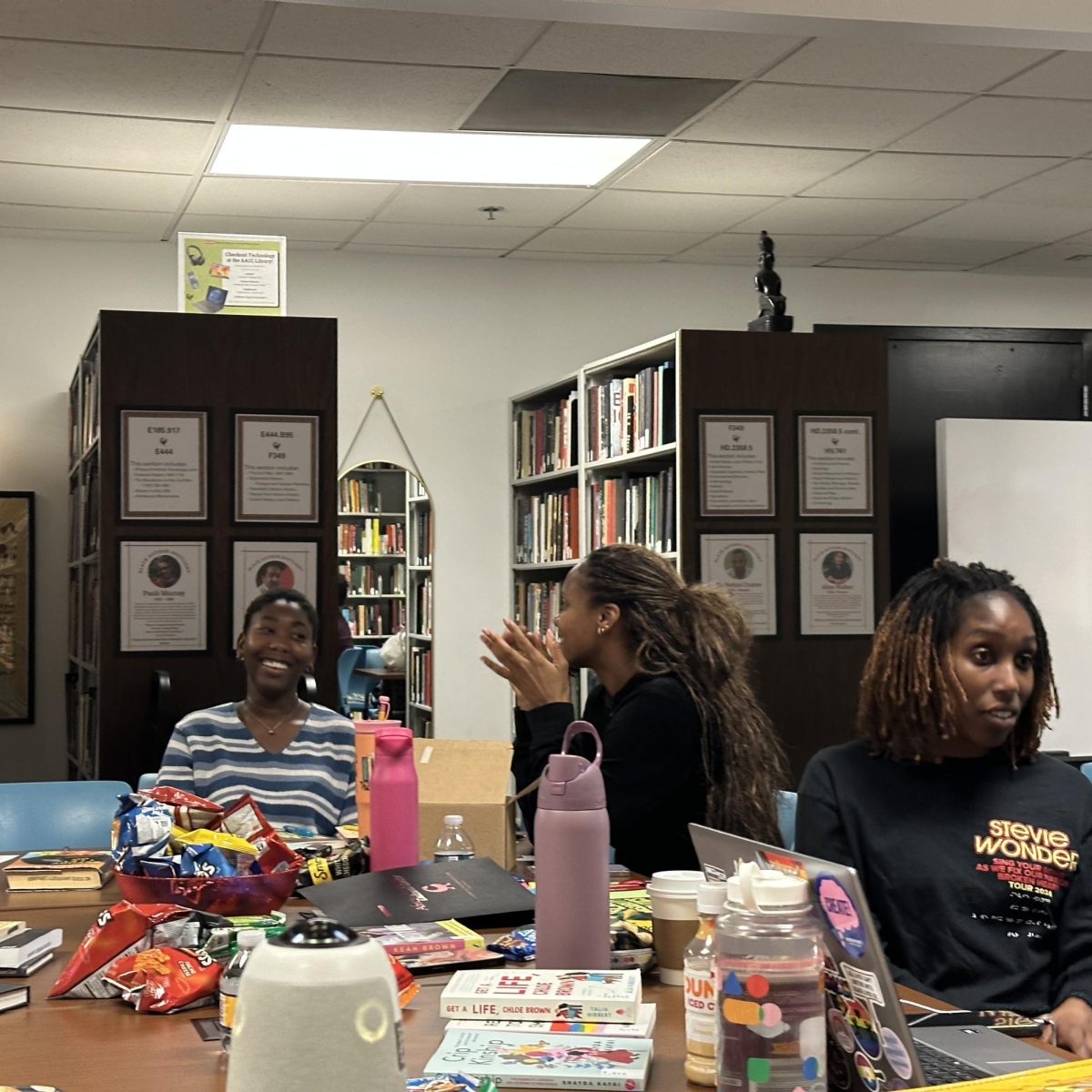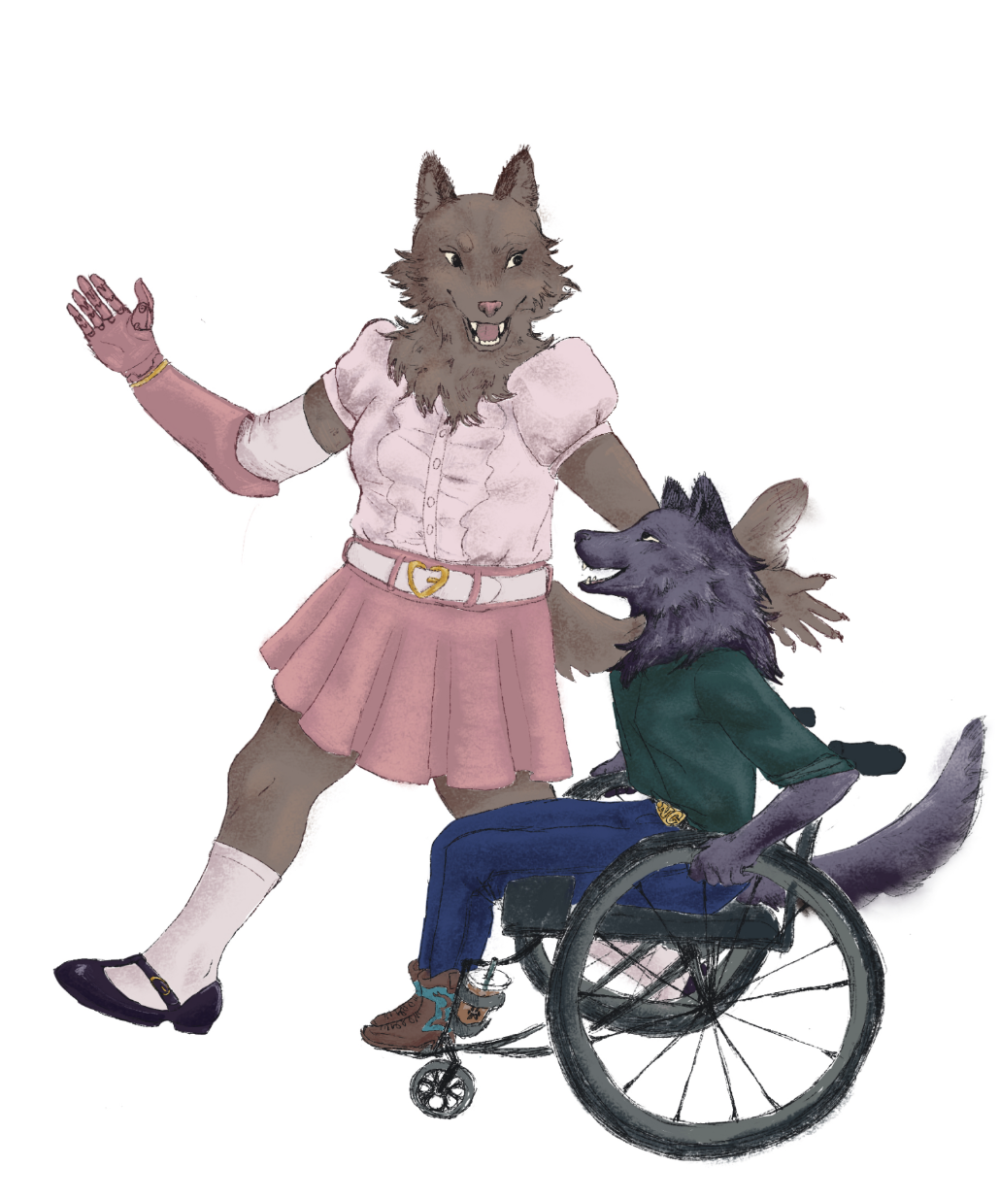Accessibility around campus means looking beyond how many ramps and elevators are on the map. It is about how students and faculty members experience daily life on campus; from getting to class on time to taking part in events and feeling included within the Wolfpack community.
With the multiple construction projects reshaping our campus, the conversation about equal access feels more urgent than ever. For students with disabilities, it is important that their voices do not get left out.
Emily Hall, a junior majoring in psychology, uses a wheelchair because of a spinal cord condition she was born with. The Nubian Message was able to contact her through email to understand her experience. Hall explained that accessibility is more than infrastructure. For her, it is also about inclusion and respect. “Getting around campus is honestly the hardest part. If a door doesn’t open or an elevator’s out, it throws off my whole day.”
Hall described her daily routines on campus as unpredictable. On good days, when doors and elevators work and sidewalks are clear, she can get across campus with little trouble. However, when automatic doors break or construction blocks a path, her commute becomes frustrating and sometimes twice as long. The steep hills that run across NC State’s campus pose constant challenges. Moving between classes is difficult, especially when the new routes take extra effort and more time.
Hall spoke of the Disability Resource Office (DRO) as her most reliable support and resource. The DRO helps her arrange accommodations in the classroom, such as accessible seating and note-taking services. They also provide extended time for exams and coordinate transportation if she needs it.
Hall appreciates this support, but admits the system has flaws. Sometimes she has to explain her accommodations to professors more than once, which adds pressure on top of her regular workload. “I wish professors got better training so I didn’t have to explain the same things over and over.”
Reflecting on her experience, Hall said that life as a student using a mobility device has shaped her view of education and accessibility. She believes that real inclusion requires a community that listens and responds to the needs of all its members. Accessibility is about being treated with dignity and respect, not just about providing physical entry points.
As she put it, “Accessibility isn’t just about ramps or elevators, it’s about how students are treated too.”
Her perspective highlights the balance between physical access and cultural change. Infrastructure can open doors, but it is the attitudes of the people inside those doors that shape a student’s sense of belonging.
This combination shows why accessibility should not be seen as a checklist but as an ongoing effort that includes design, communication and empathy.
To build a truly inclusive campus, NC State must treat accessibility as a foundation rather than an afterthought. As the university continues to grow and rebuild, the challenge is clear. The question is not if accessibility should be part of the future, but how it can guide every step forward. This hierarchy shouldn’t define the way people get ignored.

